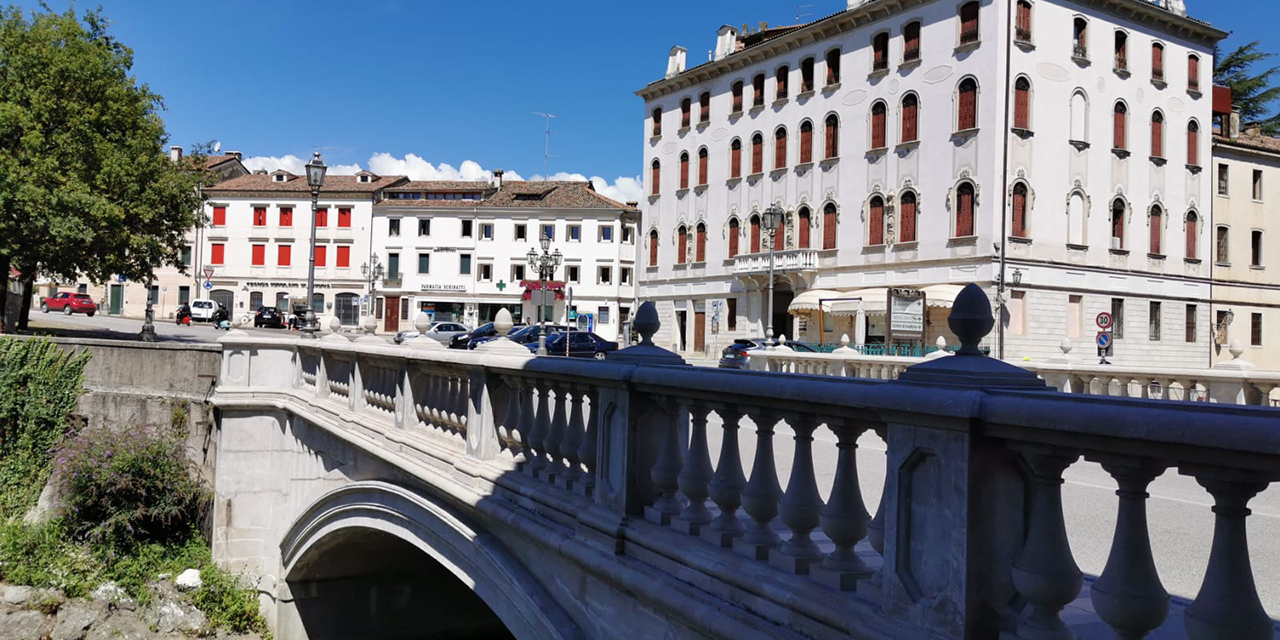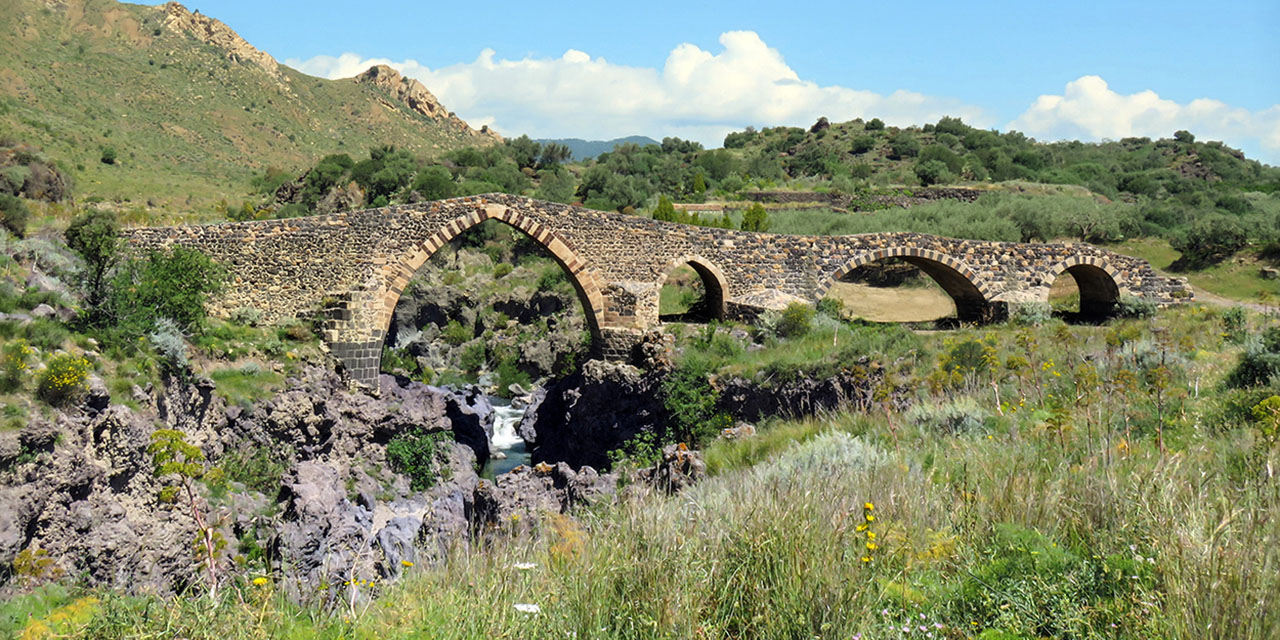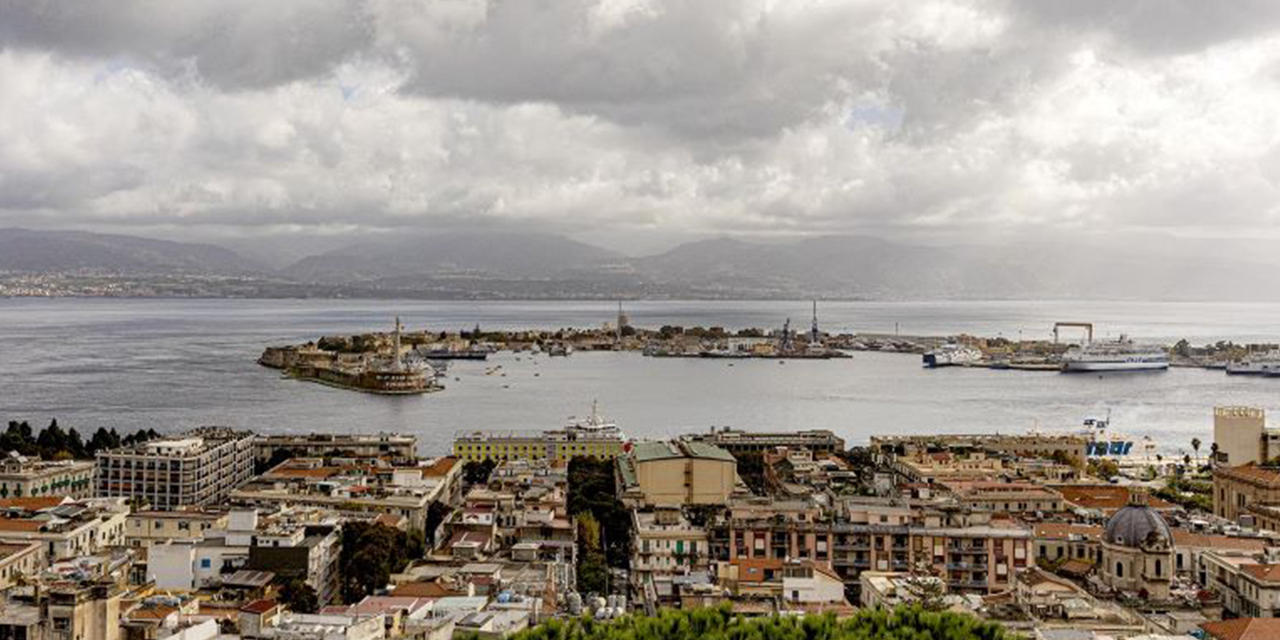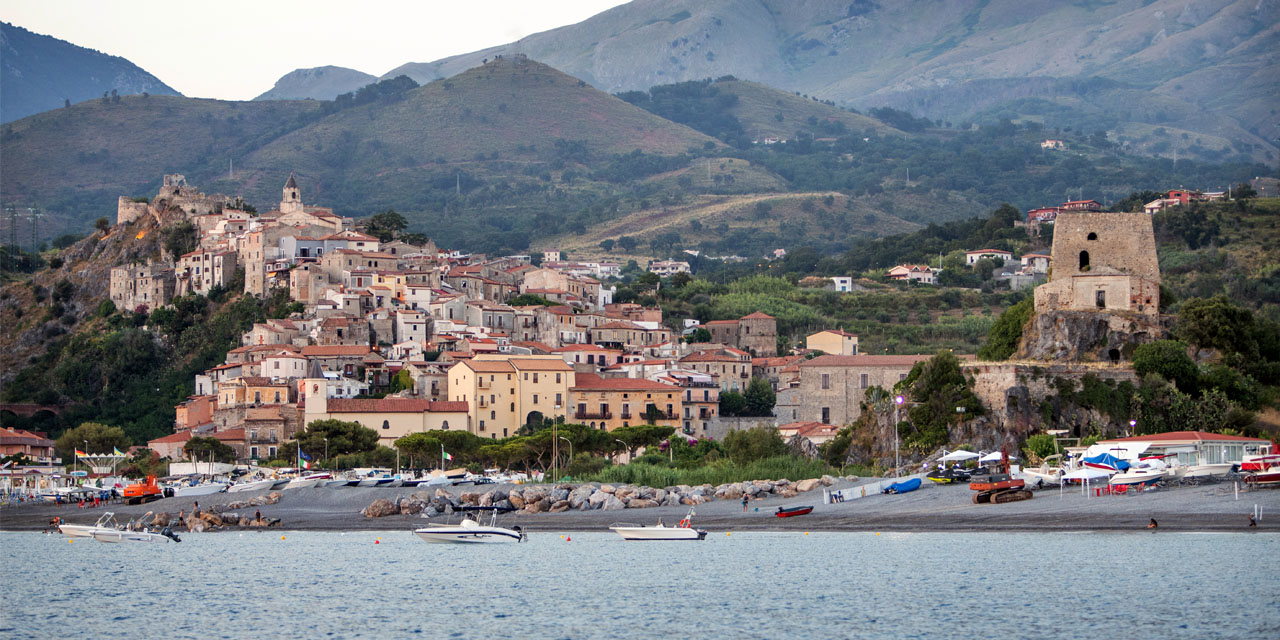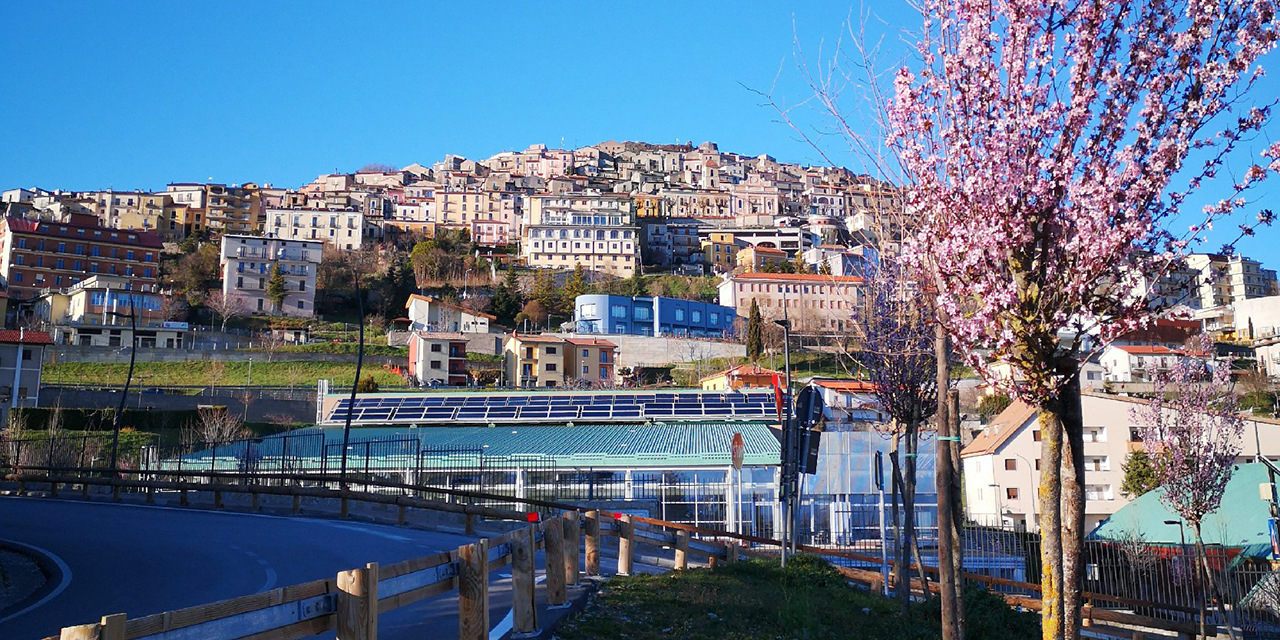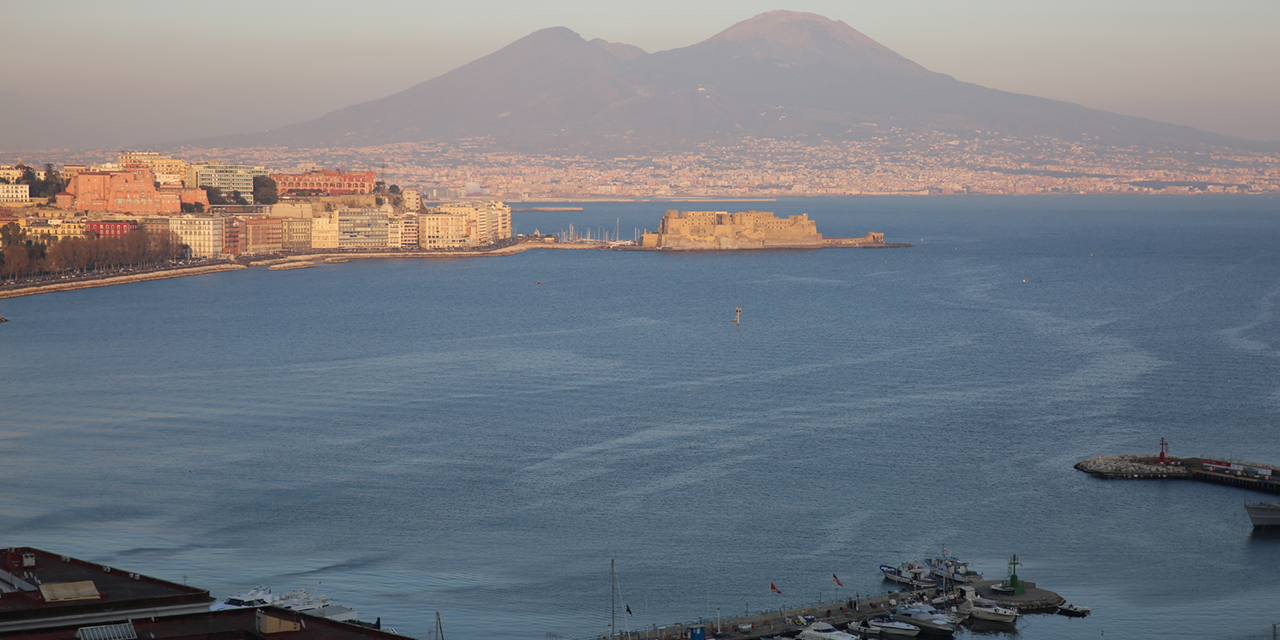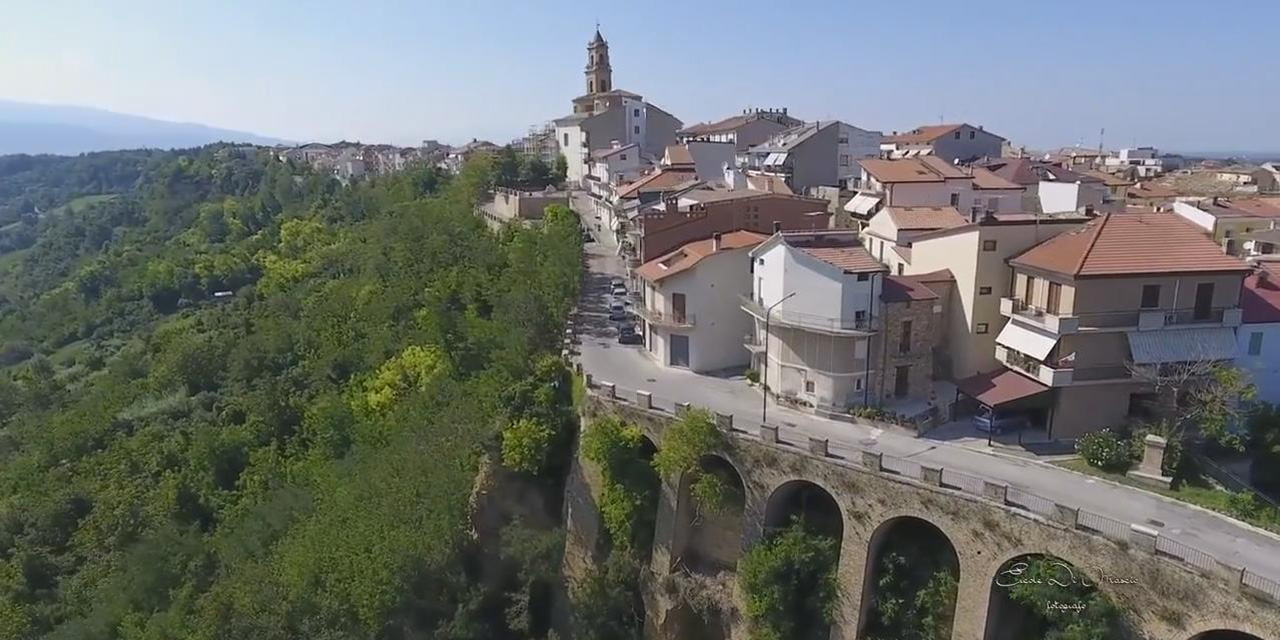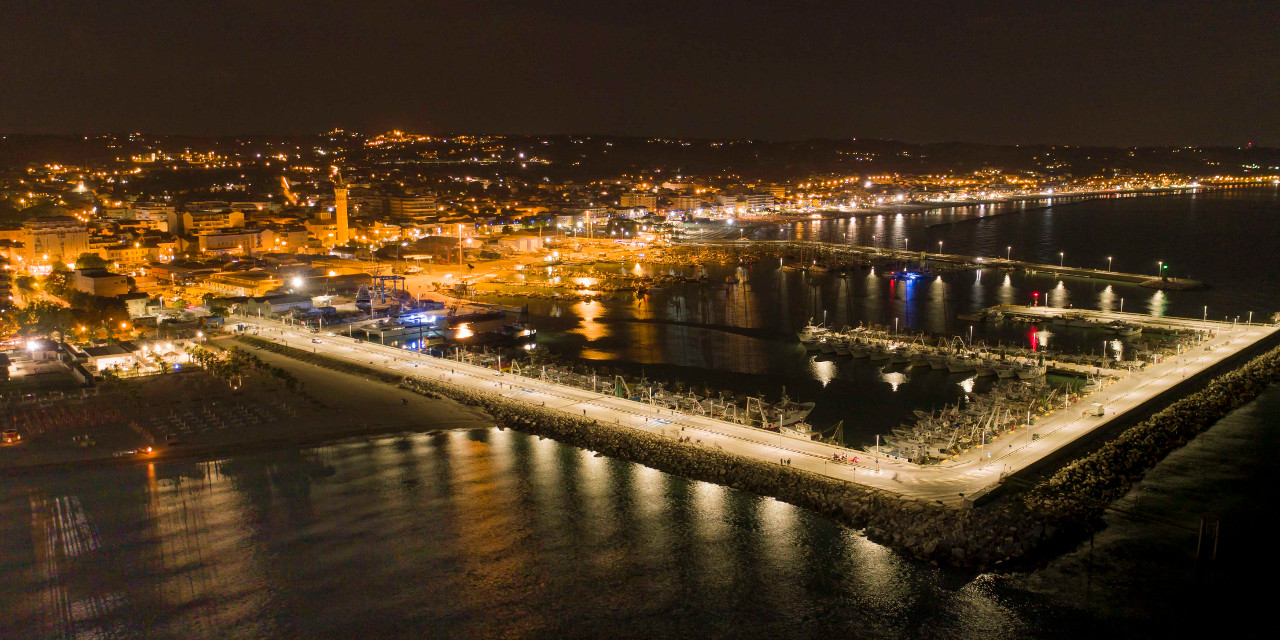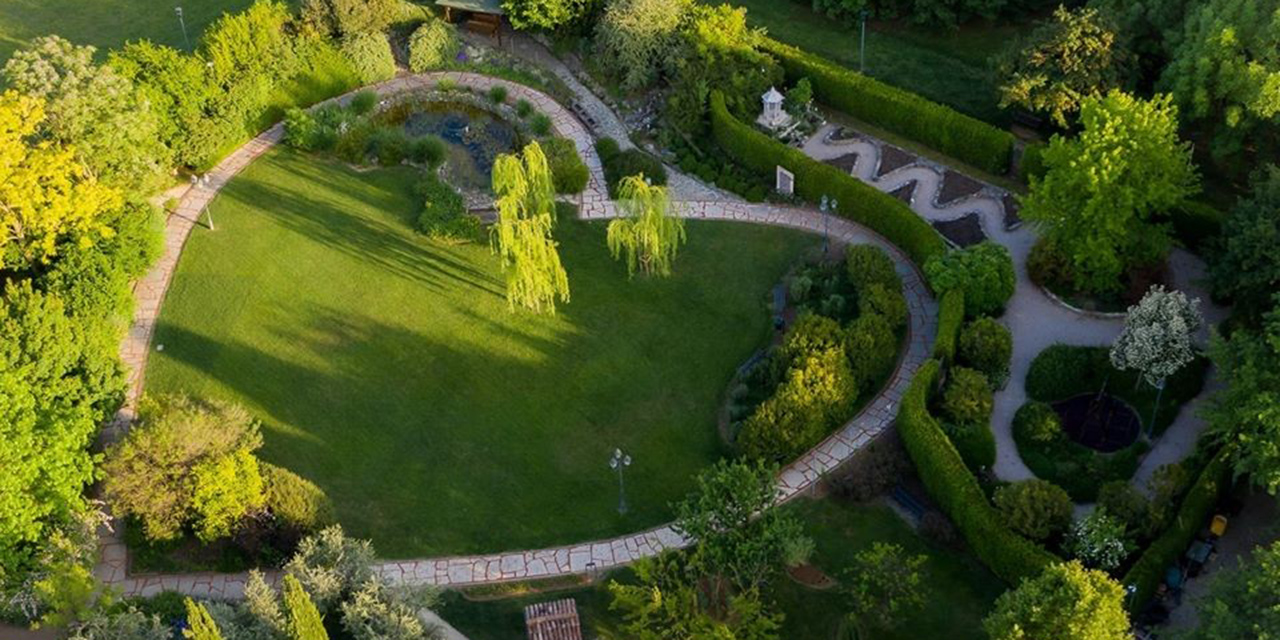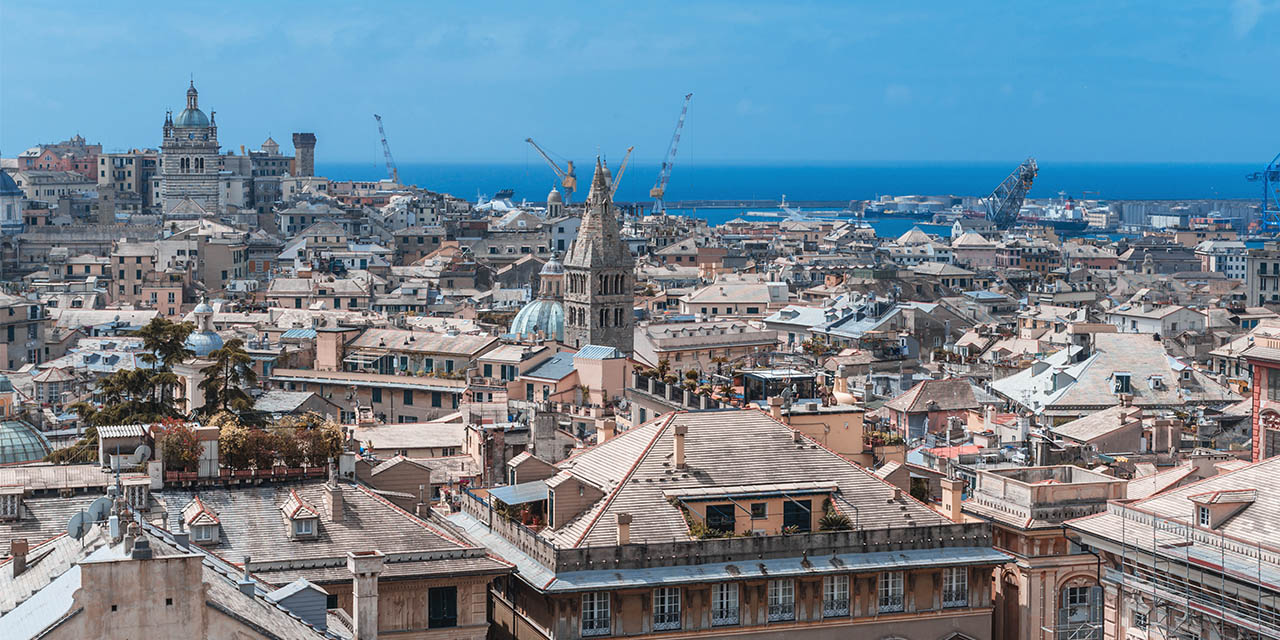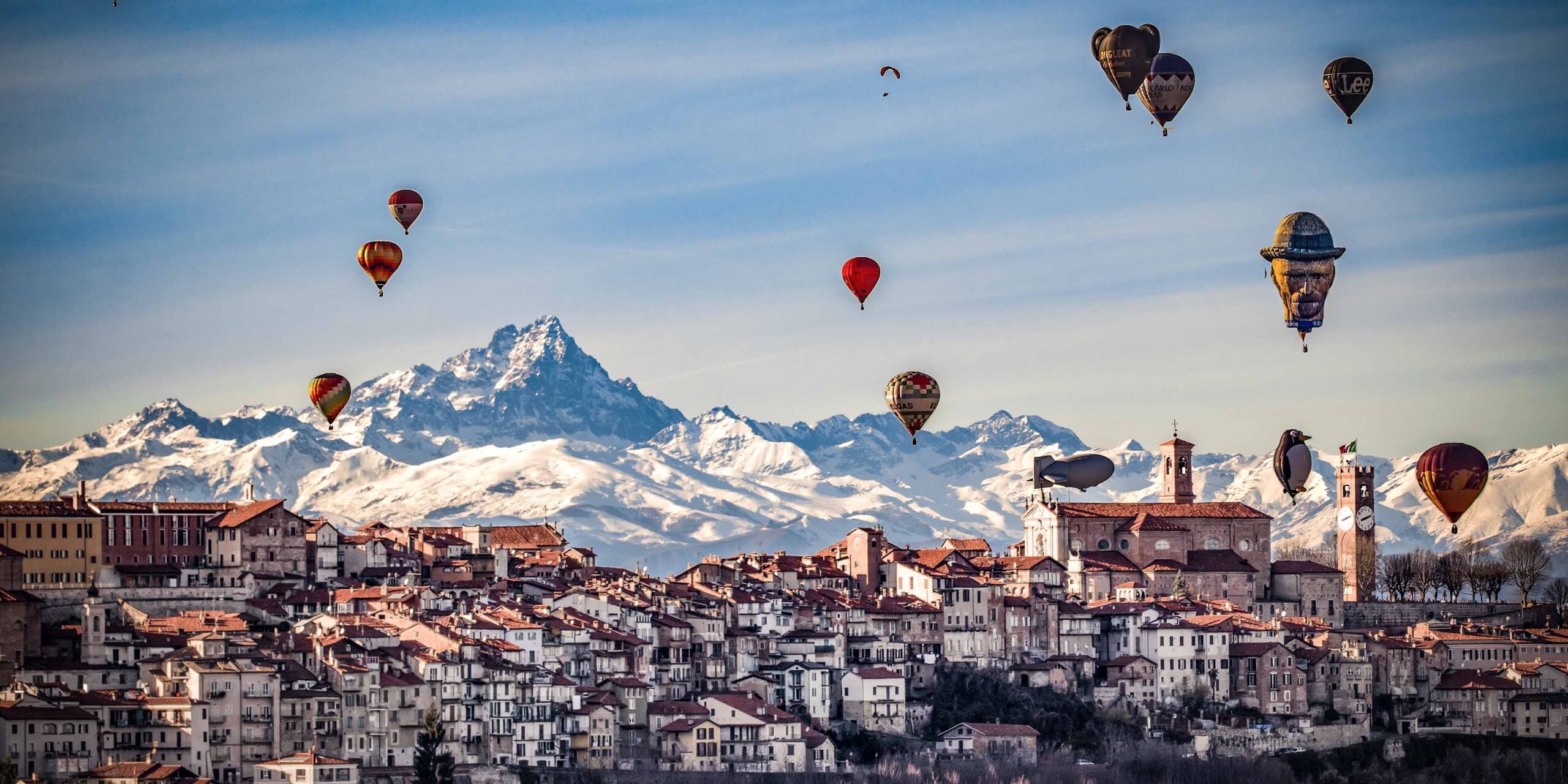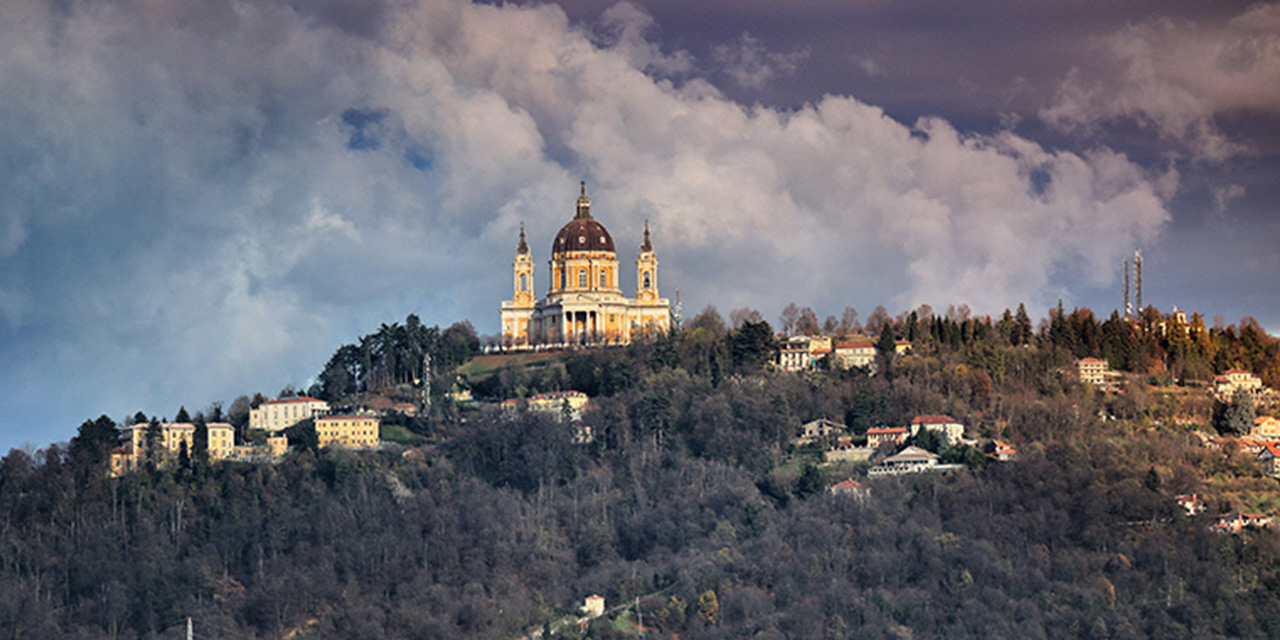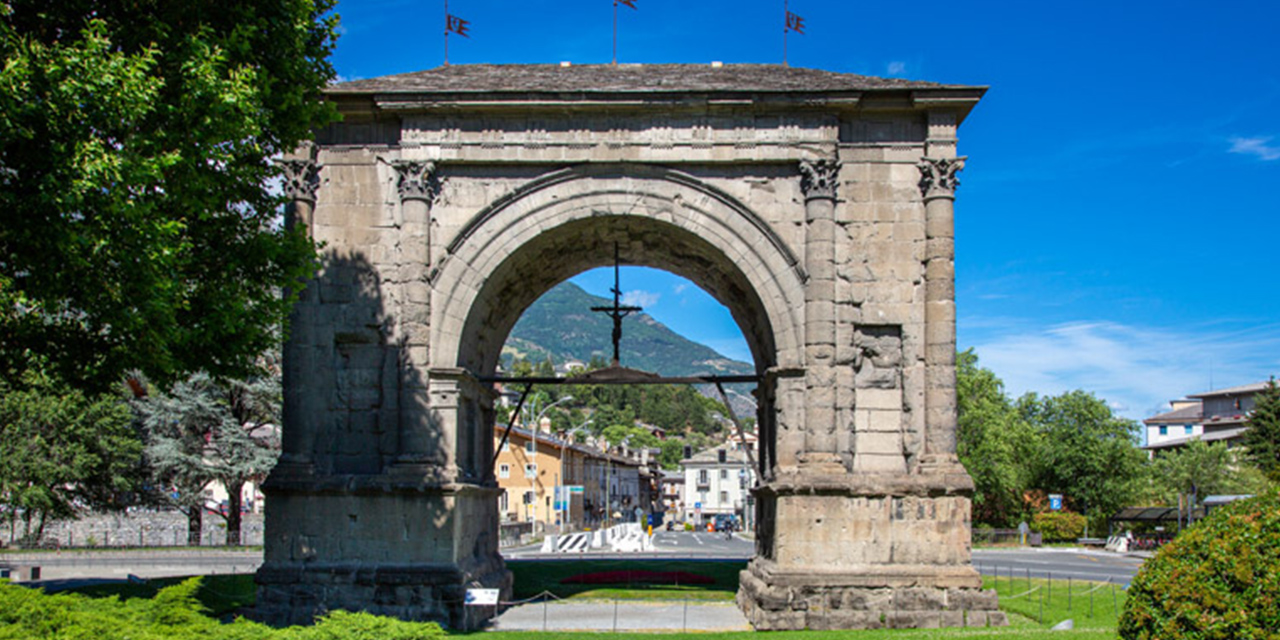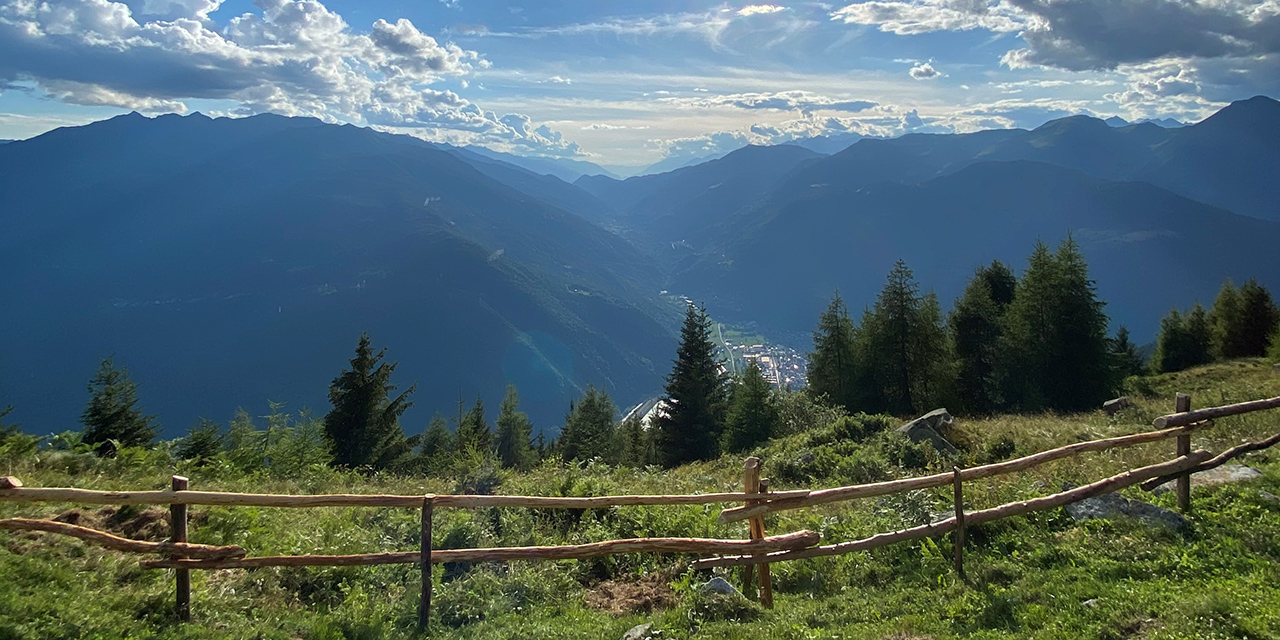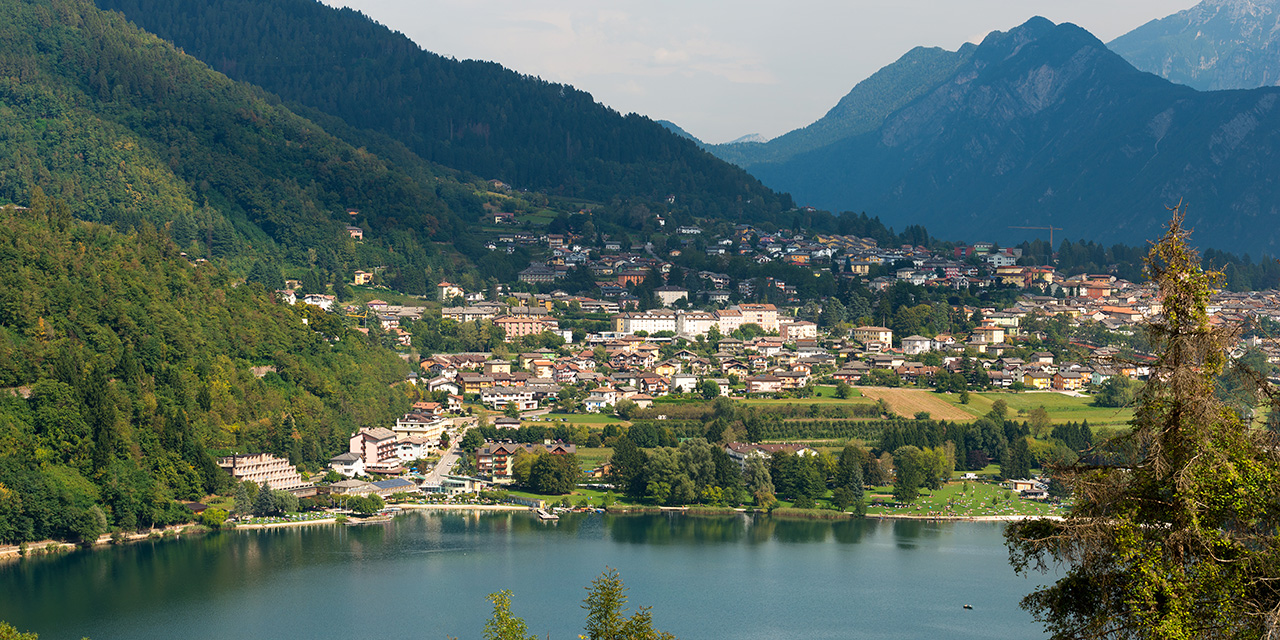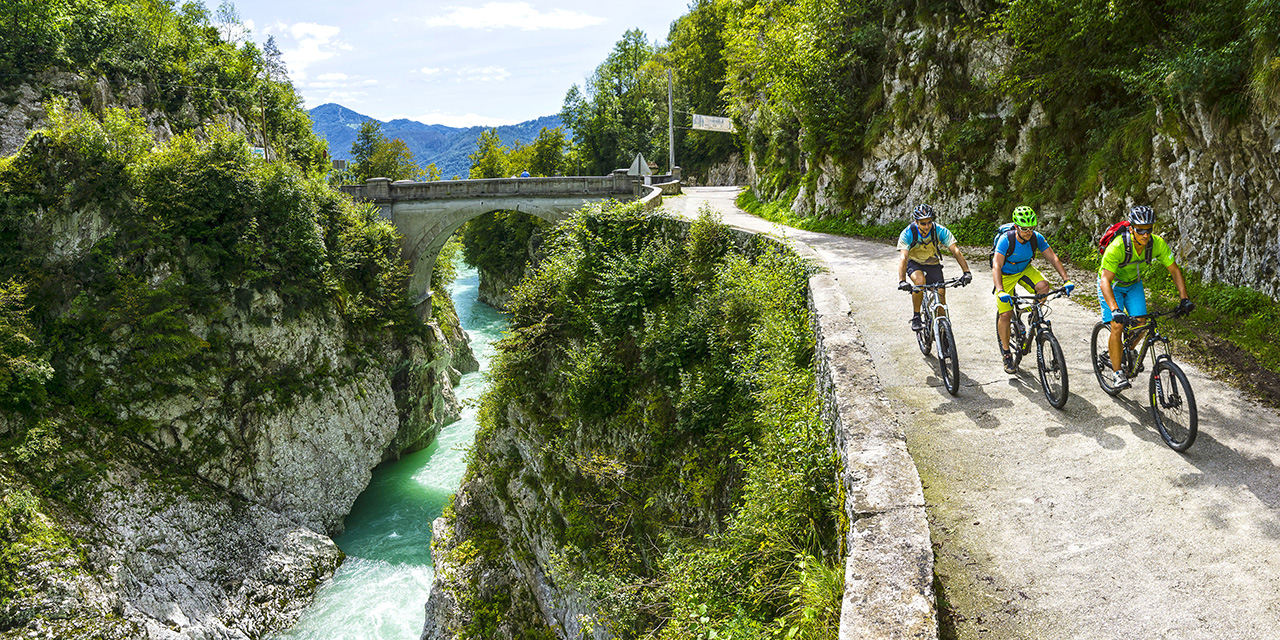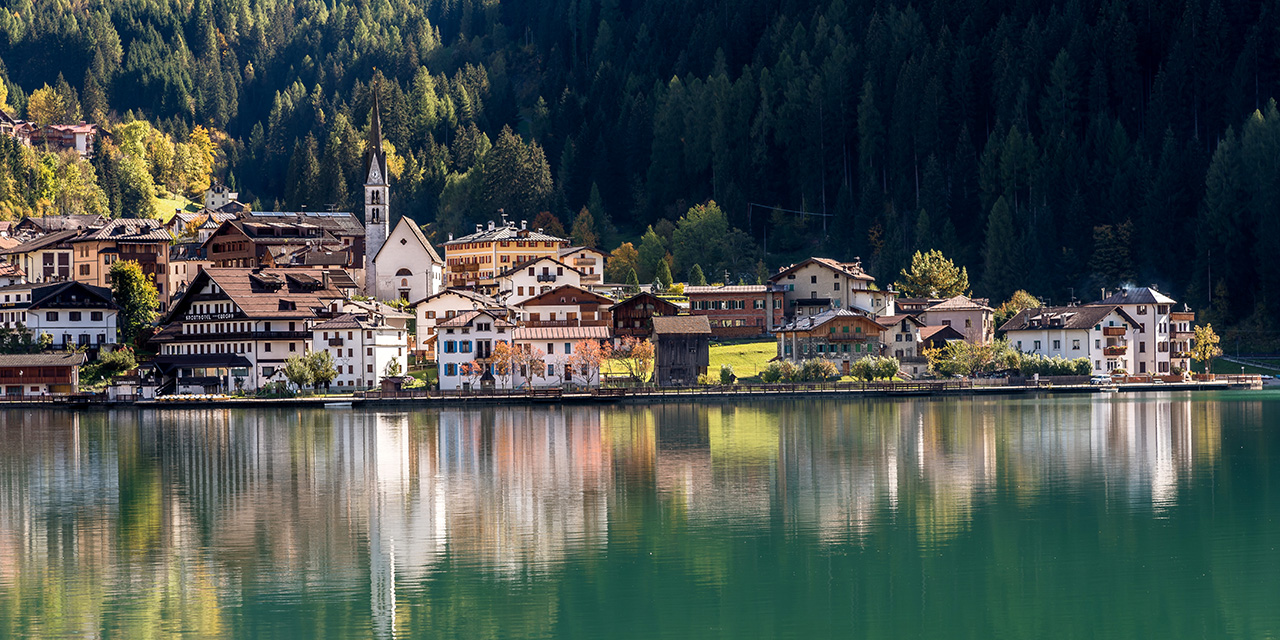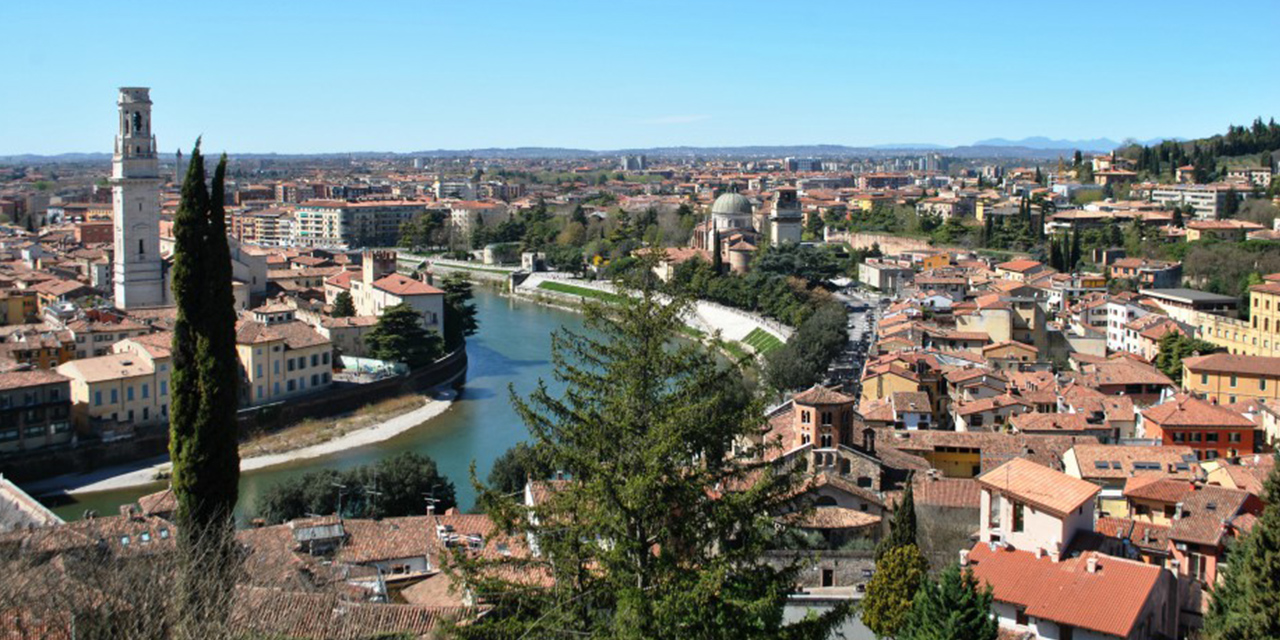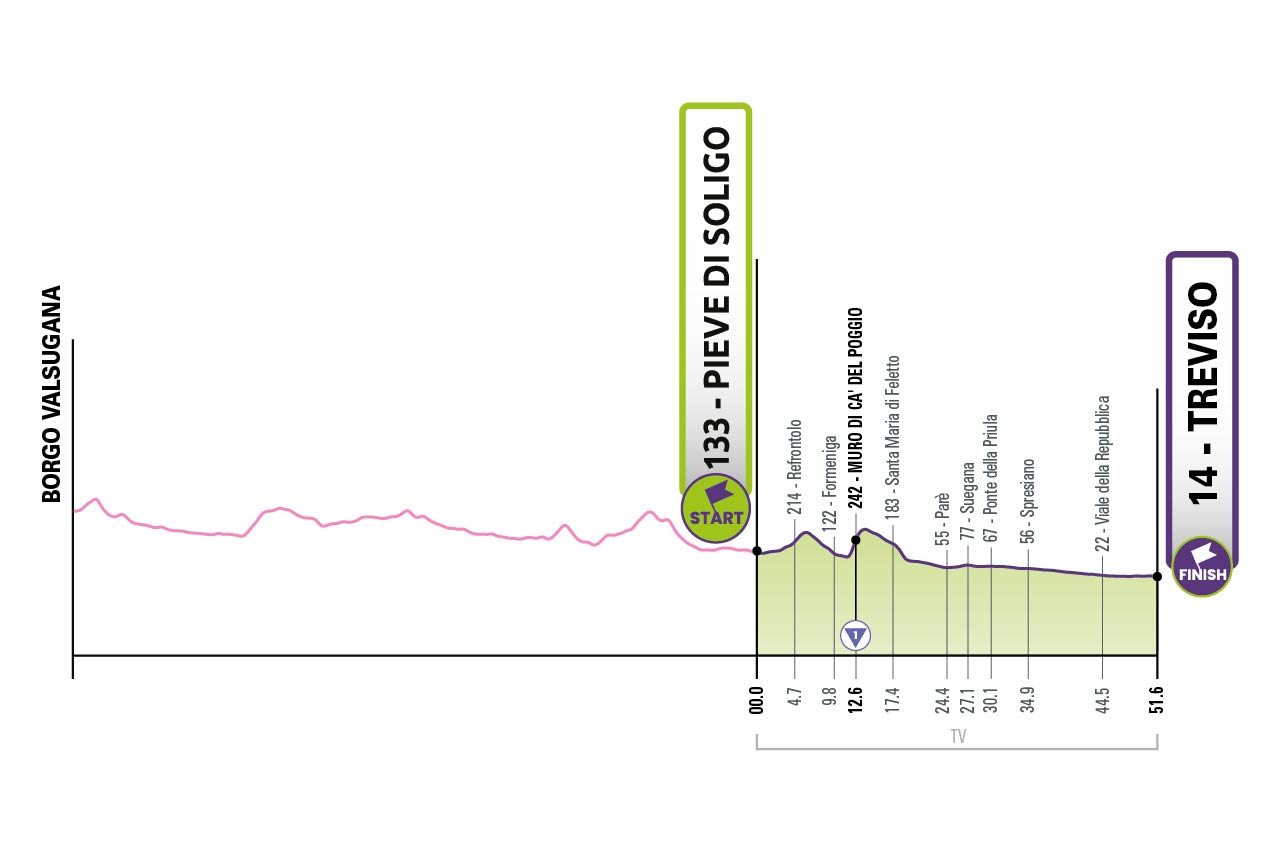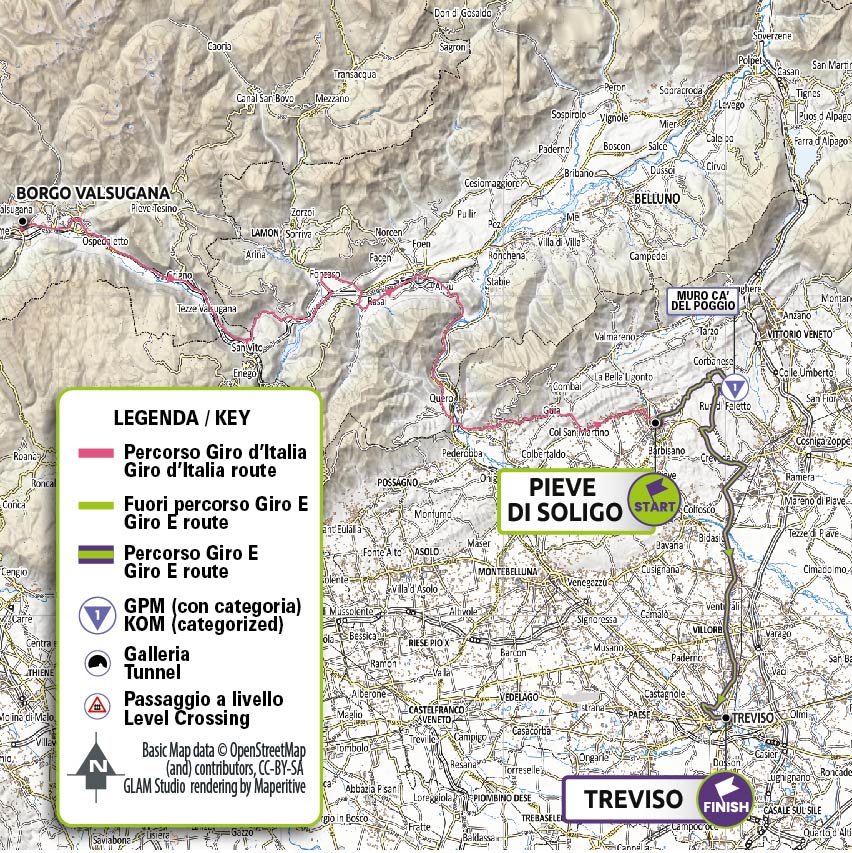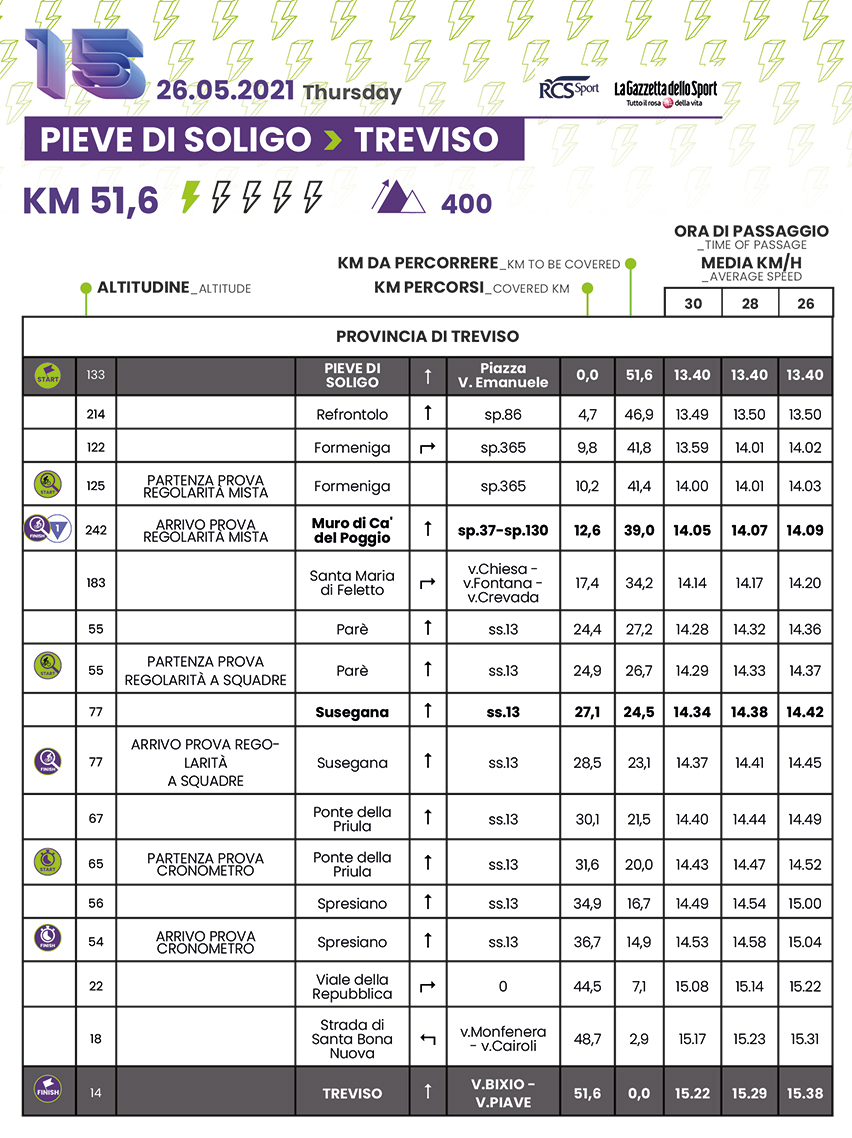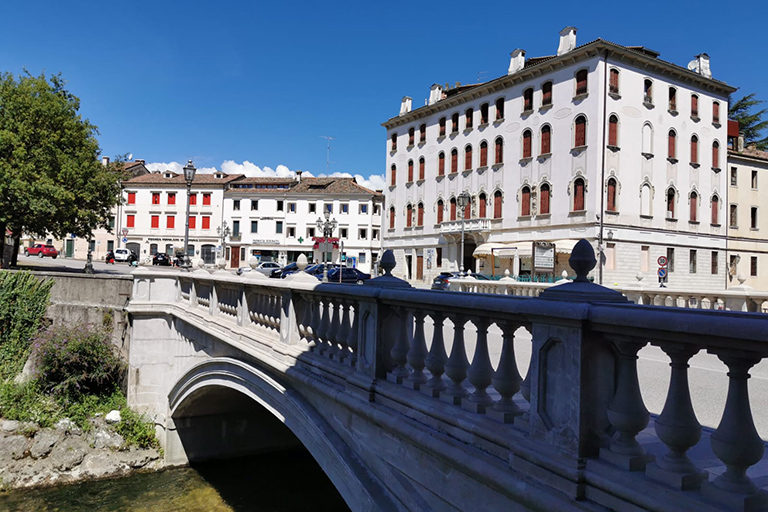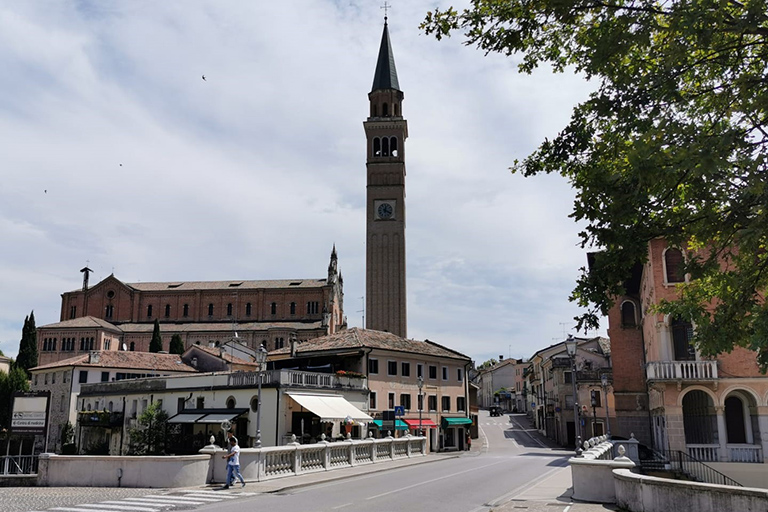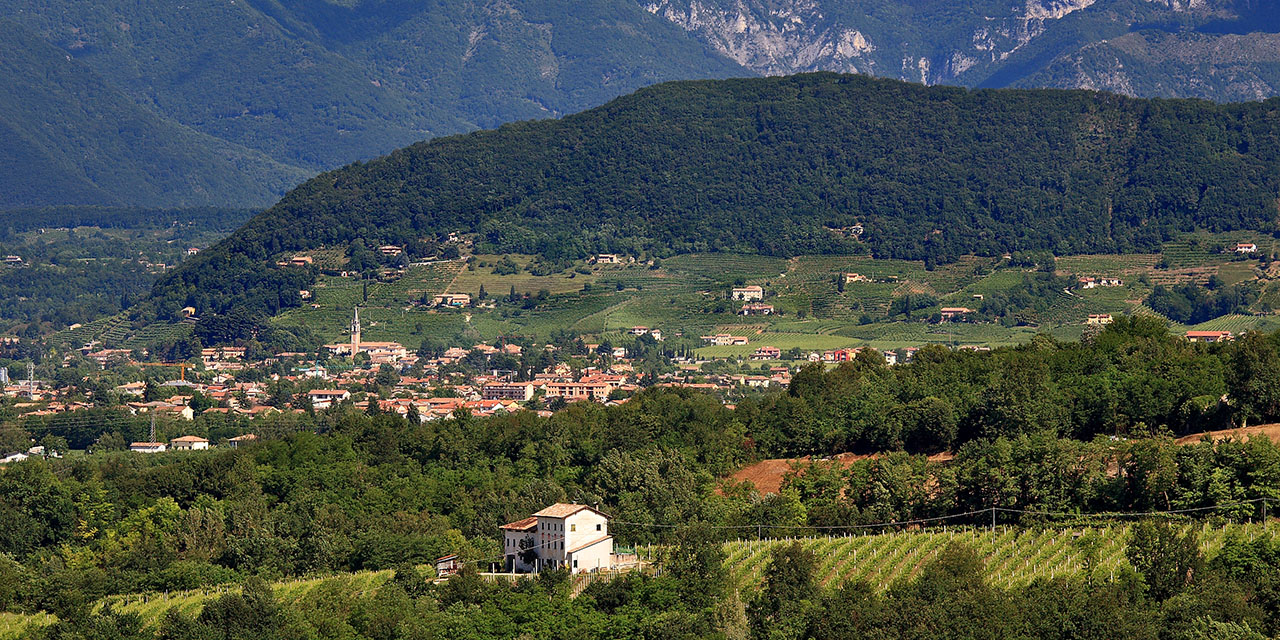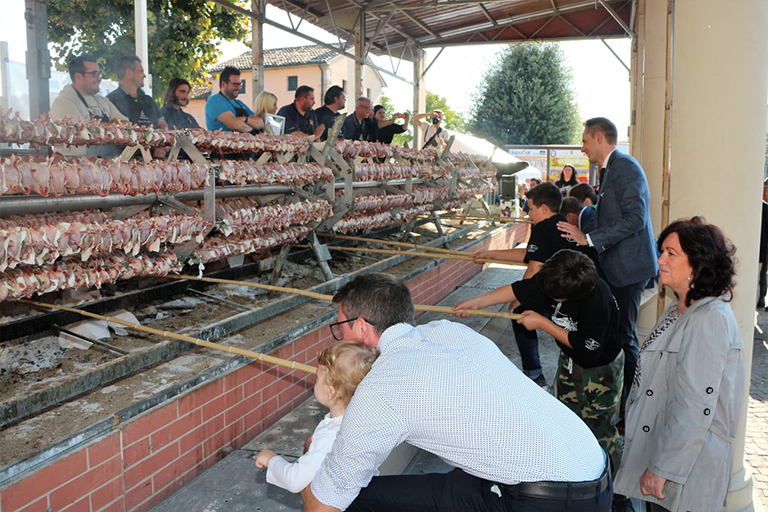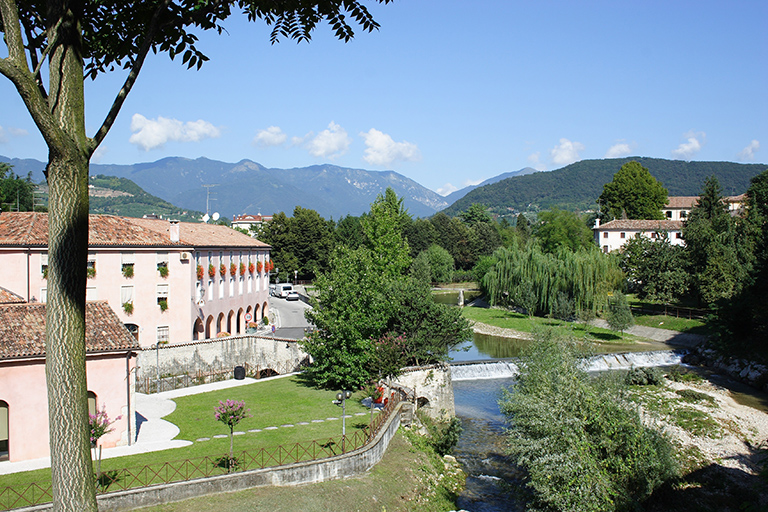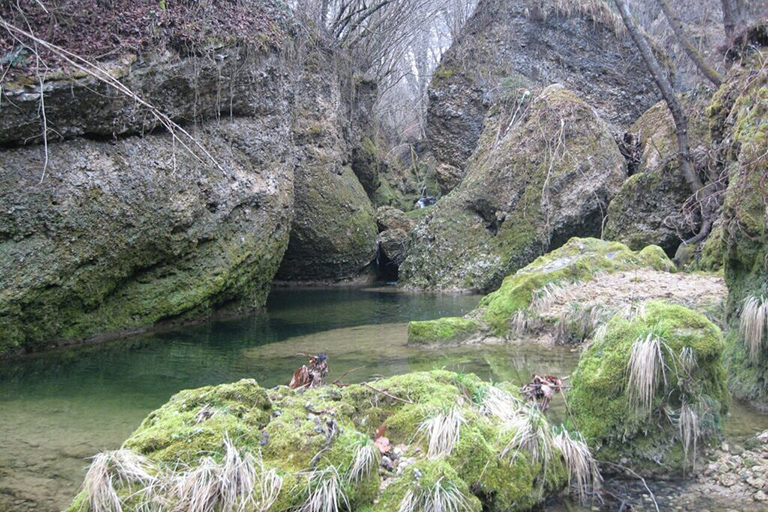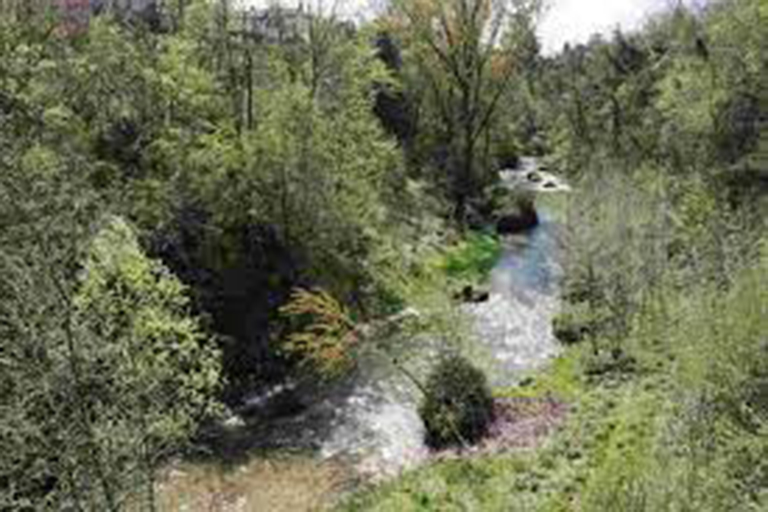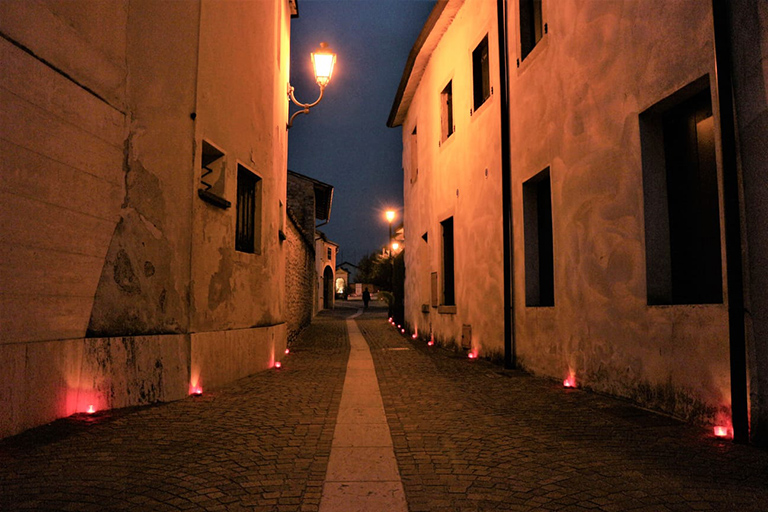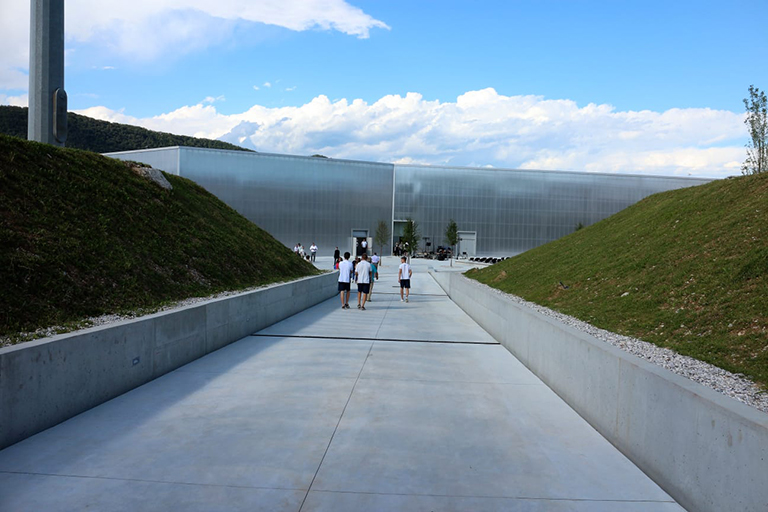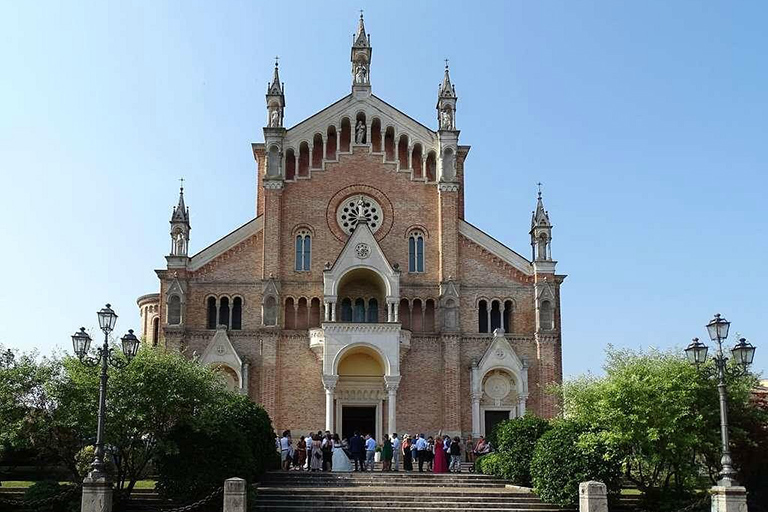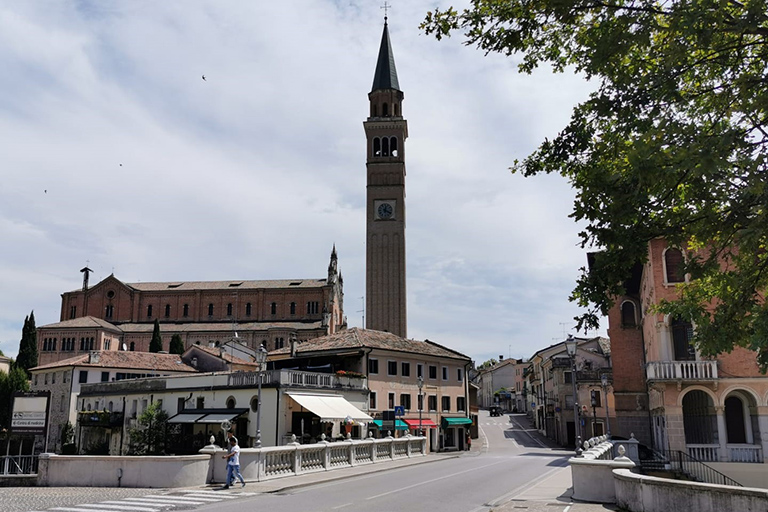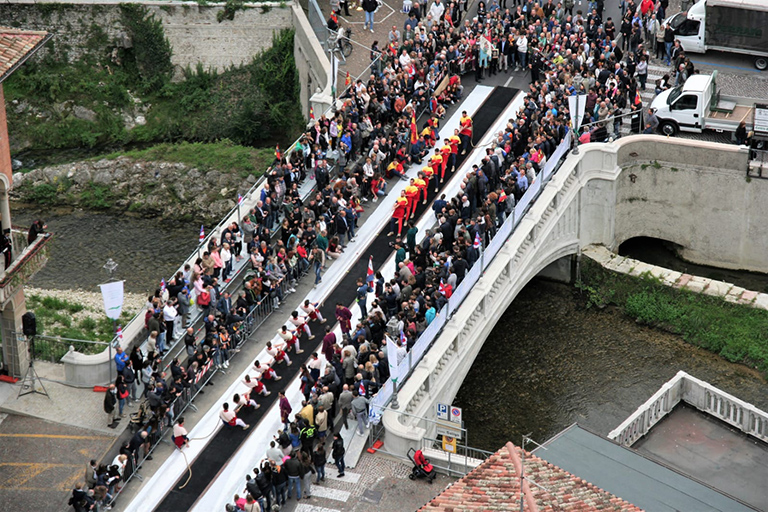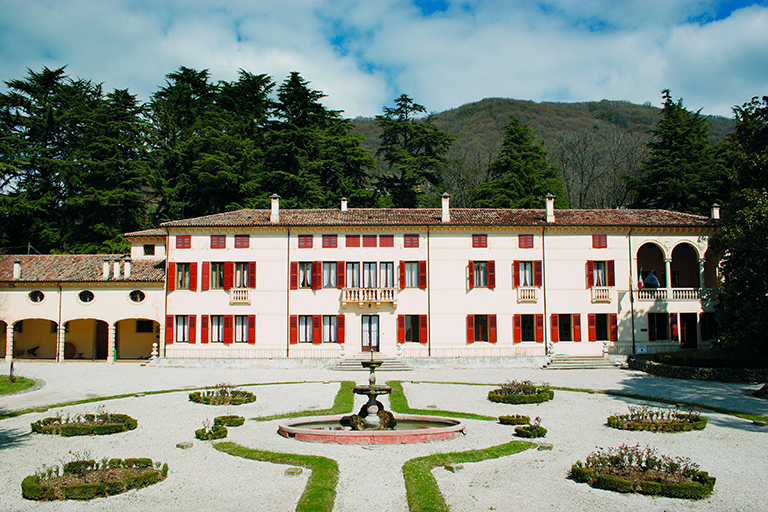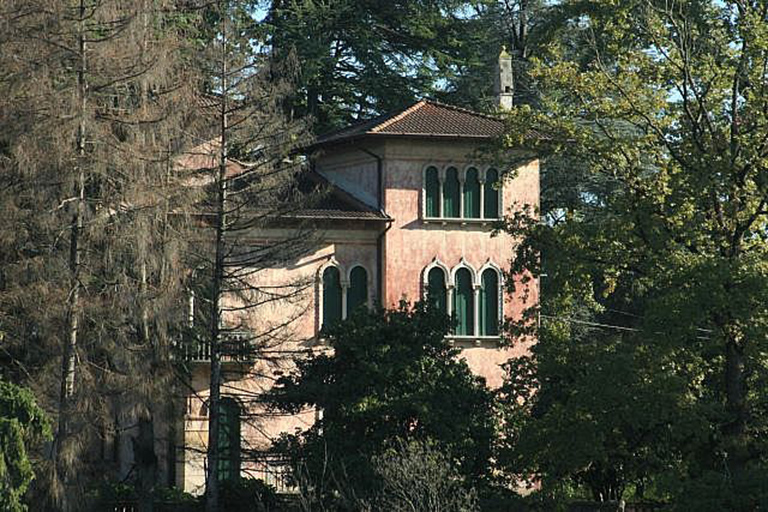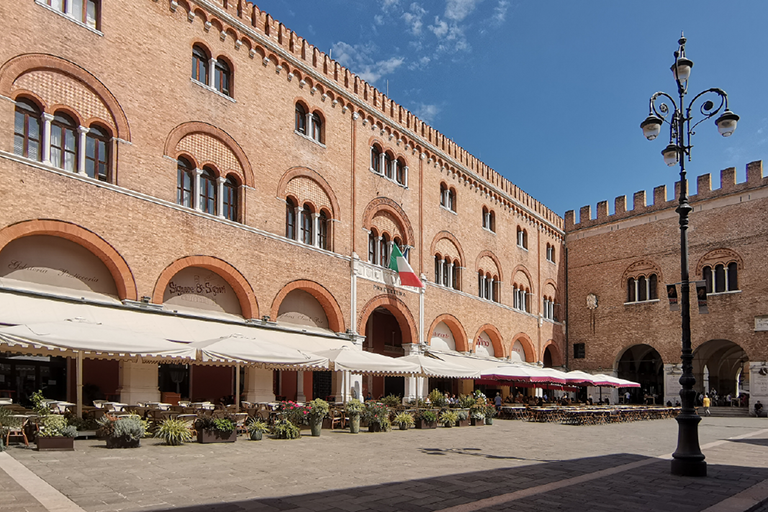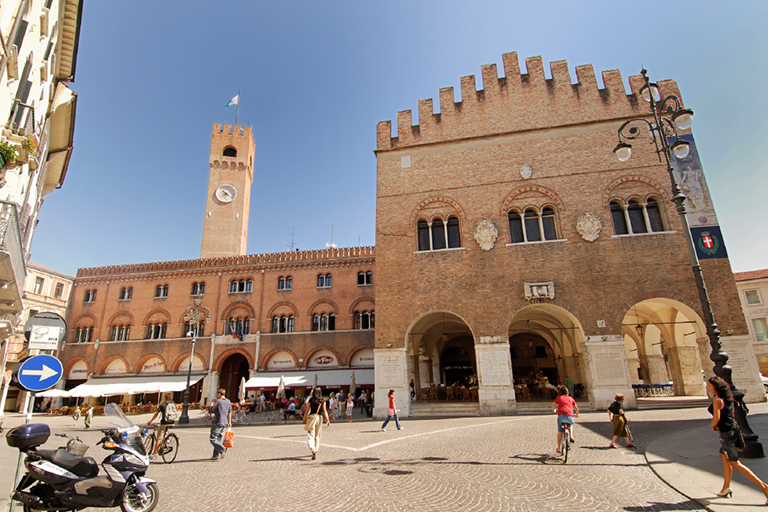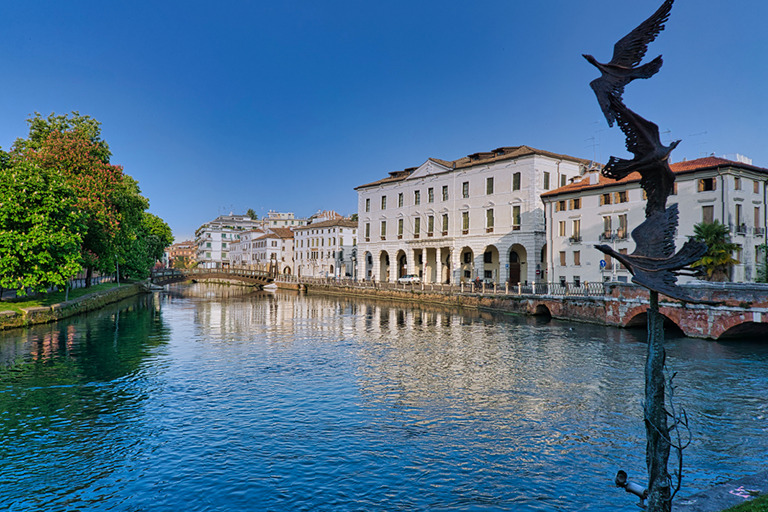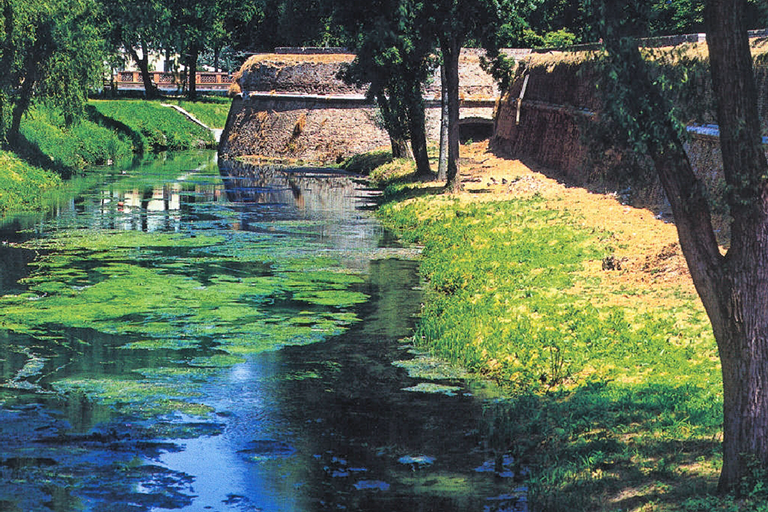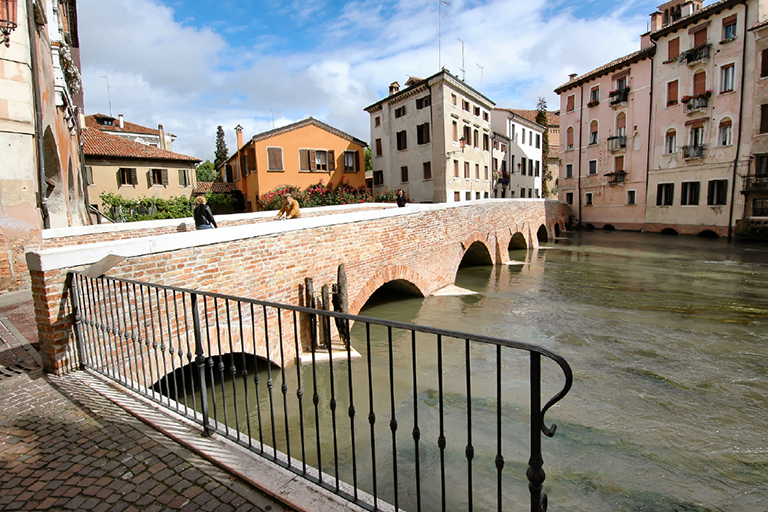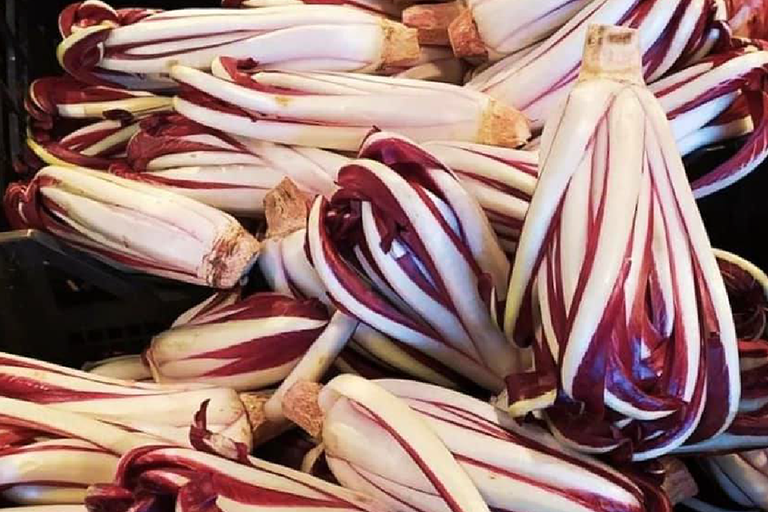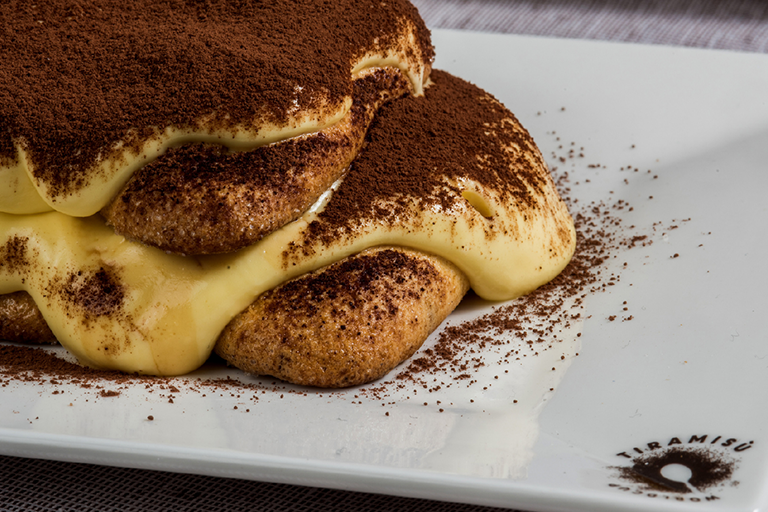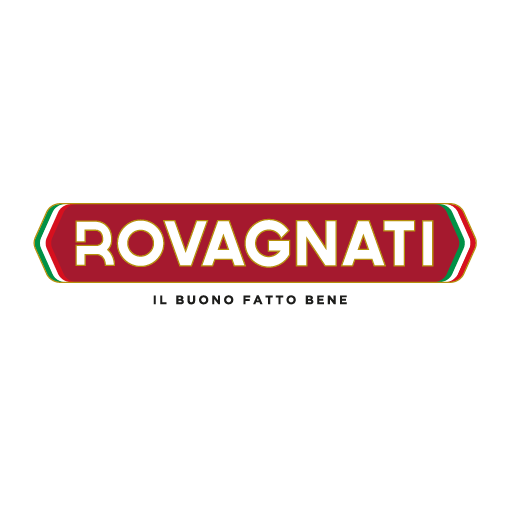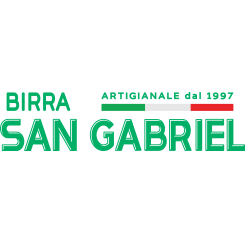profile
map
itinerary timetable
tourist info
Host city:
PIEVE DI SOLIGO
Touristic information
Pieve di Soligo, for the elegance of its ancient stately homes and for its happy geographical position in the heart of the hills of the “Unesco Heritage” is known as “the pearl of the Piave district”. Finalist city for the title of “Capital of Culture” for 2022, it is an active and lively center and with its hamlets it is the ideal destination for a holiday dedicated to movement, good food, art and history. The city owes his name to the ancient parish church, founded in the 9th century, but in Roman times it was the site of an agricultural-military colony. It was the cradle of artists and the residence of famous people such as the soprano Toti dal Monte. Here the minister Francesco Fabbri and the poet Andrea Zanzotto were born. Works of art are kept in churches and small oratories. In the Cathedral, the tomb of Blessed Giuseppe Toniolo is kept. Food and wine offers unforgettable and tantalizing excellences: from the “Alta Marca spit” to traditional cuisine, from cured meats to award-winning cheeses for delicious snaks or appetizers. Without forgetting of course, the excellent Prosecco to be enjoyed in all of its nuances. Pieve di Soligo is a city set in a landscape rich in historical and naturalistic values that will win you over with its welcome and hospitality.
Gastronomy
The cuisine of the Alta Marca Trevigiana is very well known and appreciated. Traditional dishes have been wisely recovered and reinvented by some great chefs who have played a fundamental role in the development of tourism-food and wine in the area. The highly appreciated appetizers are based on local cold cuts and cheeses, accompanied by mushrooms, soft polenta, sweet and sour vegetables. The first courses are very varied, from the typical vegetable or legume soups (pasta and beans), to risotto with spring vegetables or wild herbs. The first place among the second courses is undoubtedly the spit of mixed meats with polenta. Other second courses are based on meat from poultry. Traditional are the “pit in tecia” (stewed chicken) with polenta, rabbit and guinea fowl “in peverada” (a spicy sauce made from liver and sopressa). Typical dishes are also tripe and boiled meat accompanied by “cren” (aromatic and spicy horseradish sauce). The tasty “muset” (cotechino) or the “bondola” (cotechino with pork tongue in the center) are winter foods. In trattorias with a hearth, grilled meats are in great demand, especially ribs and pork chops. Cod with polenta is another of the traditional dishes and was the food of the days of “lean”. Radicchio in all its variations is one of the always proposed side dishes. Try the combination of radicchio and beans. Other side dishes are polenta, beans, potatoes, herbs. Our territory has a very varied and renowned dairy production: “casatella”, “dairy”, “imbriago” (aged cheese under the marc), “bastardo”, “morlacco” “pincion”. The traditional sweets are the “zaleti” biscuits with corn flour and sultanas, the winter “pinza”, frittelle and crostoli at Carnival, Tiramisu and strawberries with Clinto wine. At the end of the meal, with coffee, the inevitable “resentin” of the cup with a dose of good local grappa.
Beverages
We cannot talk about local wines without mentioning what has become the identity symbol of the territory and its hills, Unesco heritage, the Prosecco Superiore di Conegliano Valdobbiadene. Prosecco Superiore defines, with the homonymous “Road” established in 1966 (the first in Italy), an itinerary with numerous detours, which lead to discover, in addition to the best Prosecco, also some niche products; as a historical variant of Prosecco, produced with grapes of the Balbi variety, selected in the mid-19th century by Count Marco Giulio Balbi Valier and grown in Pieve di Soligo. Apart from the wine of the count, in the production of hill whites, there is a widespread practice of using a mix of grapes, which contribute to the different characterizations of local wines.
– including Perera, used in the vinification of Prosecco, to increase acidity and fruity aromas of the wine, but in rare cases also vinified in purity.
– Or that Verdiso whose name derives from the greenish color of the berries. Cultivated in the Conegliano Valdobbiadene area since 1700, its grapes were appreciated for their ability to bring acidity, flavor and freshness to hill whites but today they are also often used for the homonymous wine, made in purity. In Combai an exhibition is held every year that presents the best productions of this fresh and lively wine, perfect for soppressa.
– Bianchetta which has always been used in the Treviso area to “soften” and increase the degree of the ancestor of Prosecco. Used in combination with those of verdiso and glera to produce the more traditional prosecco, the one fermented in the bottle, the Vin col fondo (on the lees).
– La Boschera is grown in high vineyards close to the woods; thanks to the coarse skin, it is suitable for drying on racks and the particular wine made from it is the renowned Torchiato di Fregona.
– In addition to white wines in the hills of Conegliano Valdobbiadene you can also taste some red wines. Like Rosso dei colli, a traditional blend of merlot, cabernet and marzemino. This last type of grape is used in purity to produce Refrontolo passito, known for its organoleptic qualities since Roman times (it is said).
– Finally, Clinto deserves a separate mention, a “non wine” in the last century widely spread throughout the Piave district. The very few remaining producers can use it for their own consumption and not market it, but some tasting may still be miraculously possible.
Main Sights
In the central Piazza Vittorio Emanuele II Palazzo Vaccari, inaugurated in 1876, and now restored, is the seat of the Town Hall. In the garden and on the east side, contemporary art installations dedicated to the poet Andrea Zanzotto. Going down towards the Soligo river, the Loggia dei Grani, with its neoclassical colonnade, once the seat of the cereal market and, opposite, the palace of the noble Venetian family Balbi-Valier. The imposing building dates back to the early 19th century. The large internal courtyard is flanked by outbuildings, once used as factories and agricultural warehouses. Along the picturesque Borgo Stolfi, the ancient mill. From the pedestrian walkway over the river, take the nature trail of the “Via dei Troi” which leads to the center of the hamlet of Solighetto: in the square the neoclassical parish church dedicated to the Immaculate Conception and the entrance to Villa Brandolini. The “Villa Veneta” dates back to the 18th century and is the seat of the Conegliano Valdobbiadene DOCG Protection Consortium; since 1981 it has hosted art exhibitions and cultural events.
In the center of Pieve di Soligo, the bridge that connects the two banks is called “contentious” because for centuries it was the scene of rivalry between the two parts into which the parish and community were divided. The right bank was subject to the Municipality of Treviso and then to the Republic of Venice, the left to the Brandolini and Collalto counties.
The old parish church, dedicated to Our Lady of the Assumption, was replaced in 1906 by the new Cathedral. The building, in neo-Romanesque style, houses numerous works of art: the valuable altarpiece by Francesco da Milano from 1540, sculptures and frescoes by Marta Sammartini and Giovanni Possamai, works by Antonio and Giovan Battista Bellucci. On the right aisle, the marble ark that collects the remains of Blessed Giuseppe Toniolo.
Between Piazza Umberto I and Via Lubin, there is the complex of the Ciassi – Morona palaces, dating back to the 16th century. Villa Morona has a long facade on Via Marconi that ends with the small baroque chapel with a bellgable, dedicated to the Madonna del Carmine. In the internal courtyard, there are several buildings and a tower, with side barns. In Via Lubin, there are two other seventeenth-century buildings, with an internal courtyard and a dovecote tower, which belonged to the Ciassi family.
Along the Cal Santa, established out of devotion in 1640, is located the paternal house of Andrea Zanzotto. From Cal Santa you can get to the oratory of Calvario, revisited in a Baroque style in 1694, thanks to the generosity of the Ciassi family.
Along an easy cycle-pedestrian path, from the center you reach Barbisano, and the Villa of the great soprano Toti dal Monte. The building, in neo-Gothic style, rises along the Lierza stream, which in some places flows between imposing erratic boulders that create very suggestive pools and waterfalls called “le crode del Pedrè”. In the square, the parish church dedicated to Santa Caterina Martire, with works by local artists.
TREVISO
Touristic information
Treviso is the historical capital of the Marca Trevigiana. Lying at the confluence of the Sile and Botteniga rivers, it is referred to as a “waterworld city”. Its many springs create a dense network of streams and canals that run across and around the city. The old town centre, located along the right bank of the Sile, dates from the Roman age. Piazza dei Signori is its beating heart. Treviso has a rectangular layout, with a maze of narrow alleys, lined with richly adorned houses, with porticoes and barbicans.
After surviving the Hun invasion, Treviso became a major commercial pole in the Roman age. It was later ravaged by the Hungarians, but eventually, it began thriving again. It was ruled by the Counts of Gorizia, by the Scaligers and by Venice, by Leopold of Austria, by the Da Carrara and the Visconti families, and once again by Venice. The city walls and gates provide evidence of the strong bond with the latter.
Later on, between the 18th and the 19th centuries, Treviso fell under the rule of Austria, the Kingdom of Italy, and Venice.
Treviso was bombed during both World Wars, and especially on 7 April 1944. On this fateful day, 159 Allied bombers destroyed 80% of the town’s buildings, taking a toll of at least 1,600 civilian casualties.
Treviso is a blend of history and grandeur, customs and passion, a city worth visiting for its stunning frescoed buildings, for its wealth of artistic heritage – on display at the civic museums – as well as for its popular restaurants, where traditional dishes are ubiquitous, along with Prosecco and the iconic bite-sized ‘cicchetti’.
Food
Local cuisine follow the excellent culinary tradition of Venice.
Below is a list of typical dishes, which combine the lovely flavours of seafood and land food.
Sopa coada is a hearty squab and bread soup, traditionally made from layers of bread, topped with grated cheese and boned wine-braised squab, which are then soaked in stock and baked for a few hours.
Pasta e fasioi is a staple of local cuisine. It is served as a thick soup made with creamed borlotti or Lamon beans, and ditalini pasta. Sometimes, a light mirepoix, or pork rind or cheek lard are used for added flavour. Traditionally, it is served on a layer of raw radicchio tardivo, and sprinkled with pepper.
Risotto with ‘rosoline’ is made with tender poppy leaves which are picked in the springtime, before the flowers bloom. The leaves are quickly blanched, and then eaten as a side dish, along with other leafy green vegetables, or used to make tasty risotto.
The most highly regarded typical products include tiramisù, radicchio and Prosecco, along with Casatella Trevigiana DOP (cheese) and asparagus.
Tiramisù is a layered dessert made from sponge fingers soaked in coffee, and a custard-like cream made with eggs, sugar and mascarpone cheese. The first known recipe, invented at Le Beccherie restaurant, dates back to 1962. The name of this dessert comes from the local vernacular expression “tirame su”, a reference to the uplifting effects of its ingredients.
The iconic ‘red’ radicchio first appeared in the 15th century. The winter varieties are grown by ‘forcing’ them after harvesting: left in the dark under tarps, the heads become crispier and tastier.
Casatella Trevigiana Dop is a fresh cheese that was traditionally made in farmers’ houses using the milk left over from direct human consumption. This cheese is soft and creamy, with a delicate scent of fresh milk and a sweet, slightly acidic taste.
Asparagus has been grown in the region since the Roman age. The stalks are ivory white, with hints of pink, and are used in flavourful traditional recipes such as risotto, or cooked ‘au gratin’, with morlacco cheese.
Wines & Beverage
Prosecco is the signature produce of the Alta Marca Trevigiana, and especially of the hills around Valdobbiadene. Here, halfway between the Dolomites and the Adriatic Sea, in a mild microclimate and on favourable soil, the finest Glera grapes are made into a balanced, characterful wine. Prosecco is an excellent pre-dinner sparkling drink. Covering a wide sweetness scale, from ‘brut’ to ‘dry’, it caters to a variety of different tastes.
Main Sights
Treviso, the historical capital of the “Marca Gioiosa et Amorosa”, is known for the friendliness and the strong sense of belonging of its inhabitants. The town is a treasure chest of historical splendour, which includes the 16th century walls, the finely frescoed buildings, the iconic Fontana delle Tette (depicting a topless woman) and the traditional eateries.
Piazza dei Signori is one of the most popular landmarks, and the main hangout for the locals. It is the most exclusive part of the city, lined by historical public buildings such as the Palazzo del Podestà (including the civic tower) and Palazzo dei Trecento. The beautiful Loggia dei Cavalieri, nearby, has a finely decorated ceiling.
Departing from the central square, Via Calmaggiore, Via Palestro and the other main roads of the city are crowded with beautiful buildings, shops and traditional cafés and diners. If you’re in town, stop by one of the many typical eateries, and treat your taste buds to the specialties of local cuisine, paired with a glass of fine Prosecco. And at the end of the meal, taste the world’s best and most popular dessert, tiramisu – a favourite for date nights.
The Canale dei Buranelli is one of the most iconic landmarks, a perfect photo-op location and an oasis of peace, with beautiful arcades and bridges, clear waterways and a rich wildlife (mallards, moorhens, ducks and coots). The canal draws its name from a nearby palace that was the property of a merchant family from the island of Burano.
Wandering the streets of the town centre, you can admire the stunning, majestic architectures, and the finely frescoed buildings (13th-15th century) that have earned Treviso the name “Urbs picta”, which translates as “the painted town”.
Treviso is the home of one of the major museum hubs on a national level, which is headquartered in the Santa Caterina complex. Here, you can admire the beautiful “Storie di Sant’Orsola”, a cycle of frescoes by Tomaso da Modena describing the fashion at that time (one of the first ever). The Museo Bailo, located in the Borgo Cavour district, is the world’s largest collection of artworks by the local artist Arturo Martini, and by Italy’s leading impressionist painter, Gino Rossi.
Recently reopened, renovated and made digital, the “Collezione Salce” national museum, in Santa Margherita, is the world’s second largest collection of advertising posters after the one in Paris.
Treviso is home to one of the most beautiful theatres in northern Italy, named after the popular tenor “Mario Del Monaco”. The theatre has hosted performances by the greatest opera singers worldwide, and is currently a leading venue for world-class events, festivals and concert seasons.
Taking a gentle walk along the tree-lined avenues, you may admire the ancient city walls, built in the Roman age and later reinforced under the Republic of Venice. The imposing gates are still some of the most iconic landmarks of the city, such as Porta San Tomaso, built in 1518. The winged lion carved on the pediment testifies to the bond to Venice. The Sile flows nearby, making the place the perfect destination for easy jogs and bike rides.
Treviso is an excellent bike-friendly city, with a long pedestrian-cycle route – the “Rastera” – that runs along the Sile, through the nature, all the way to the sea, and bike hire points to enjoy the ride carefree.


